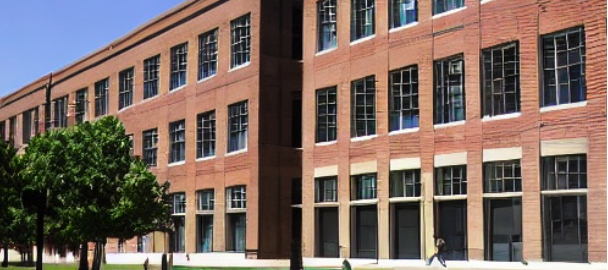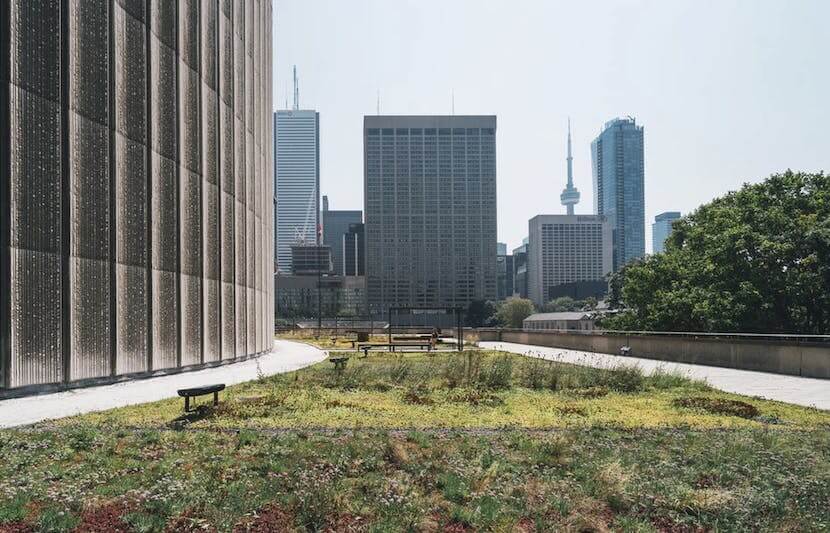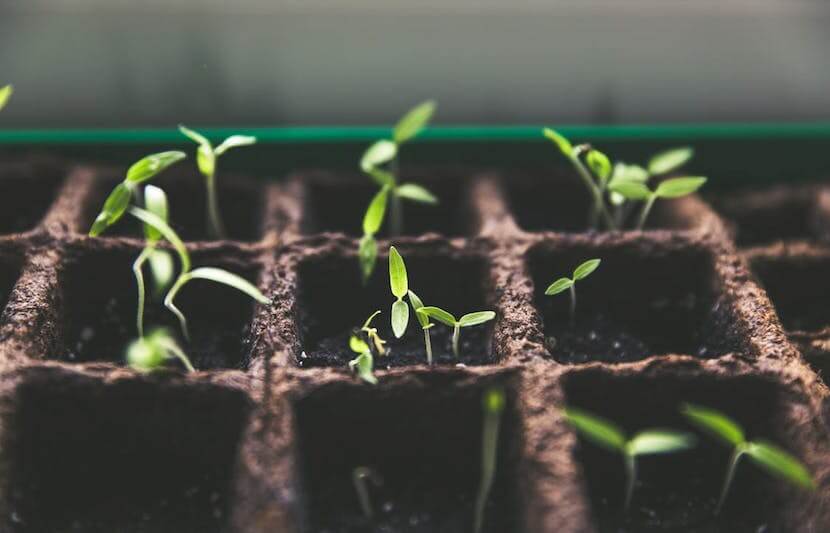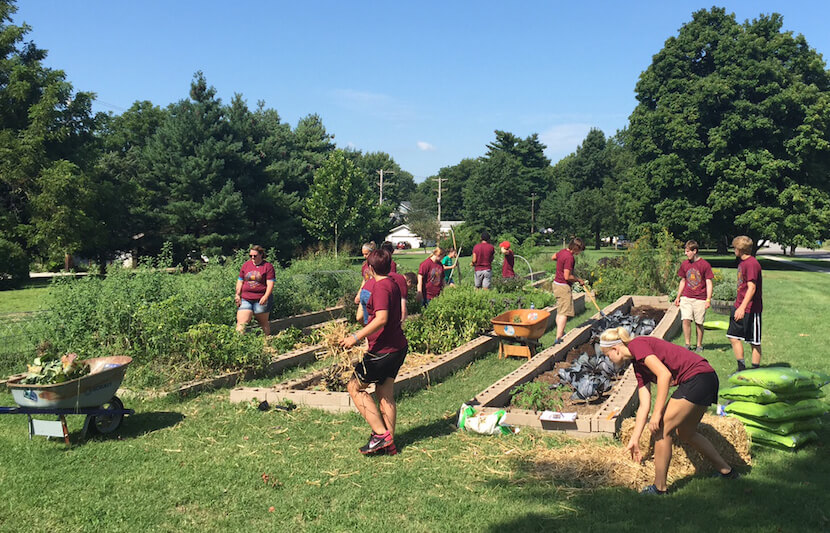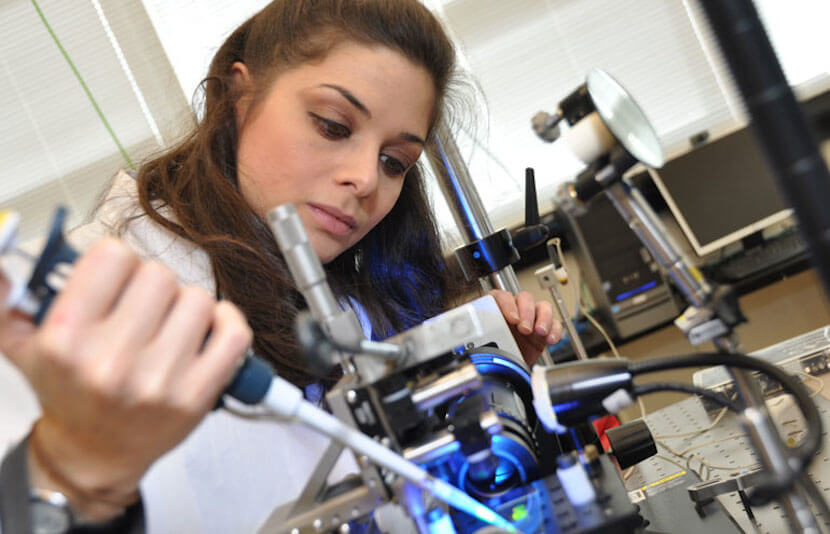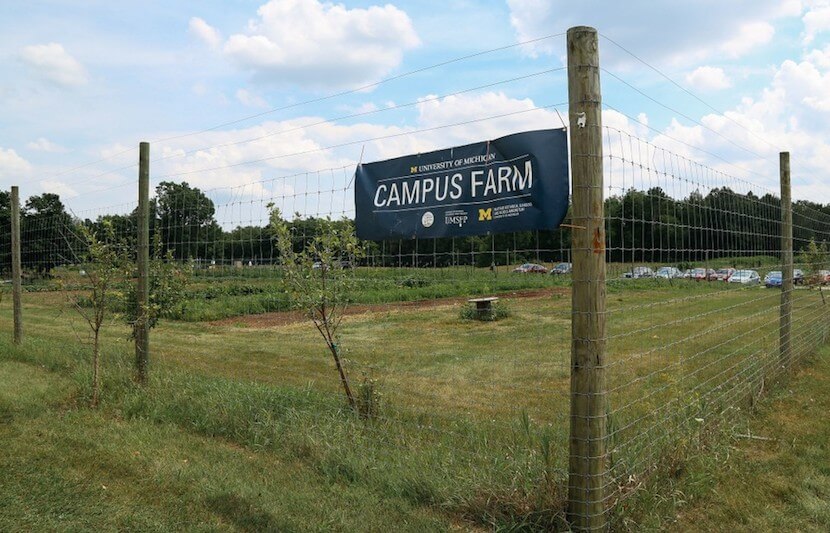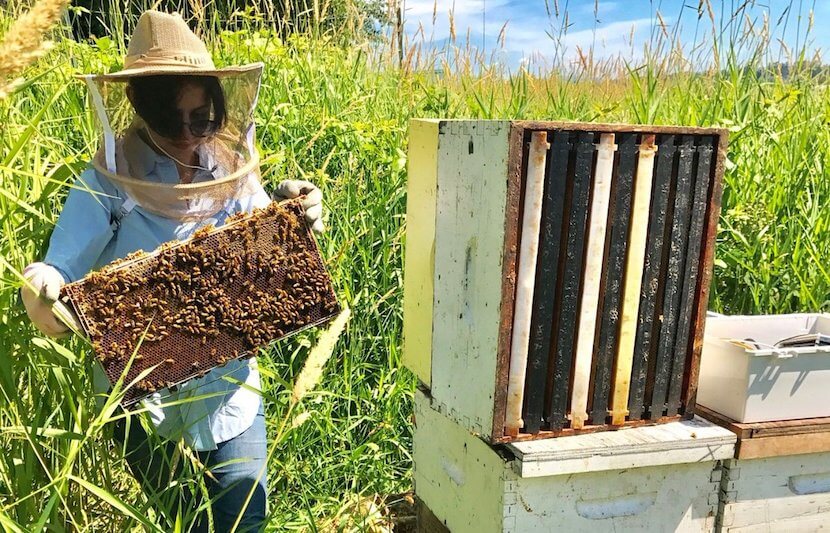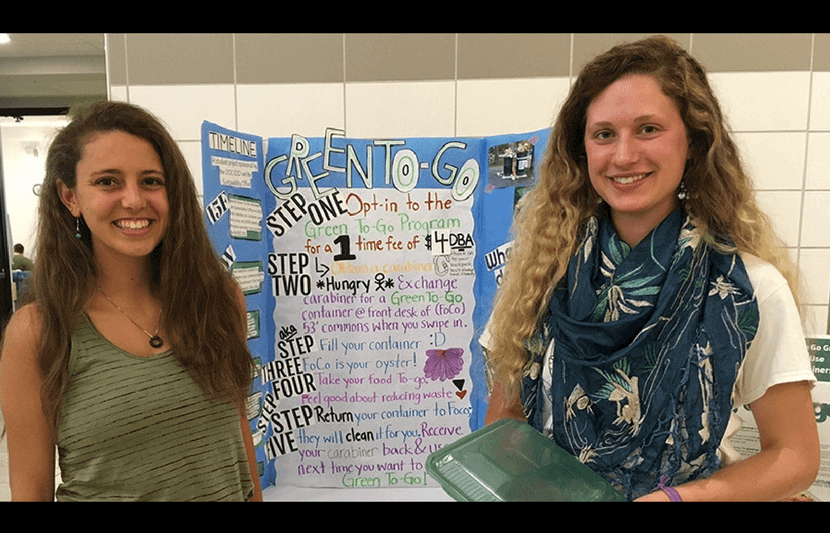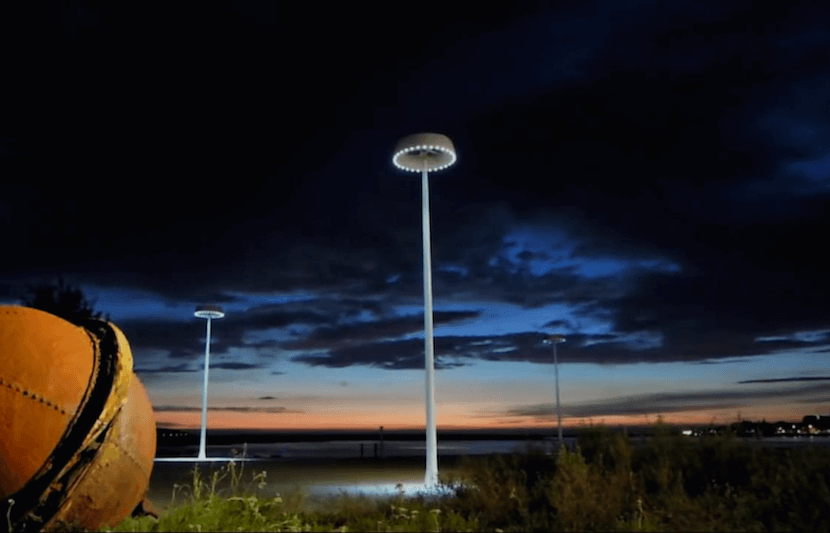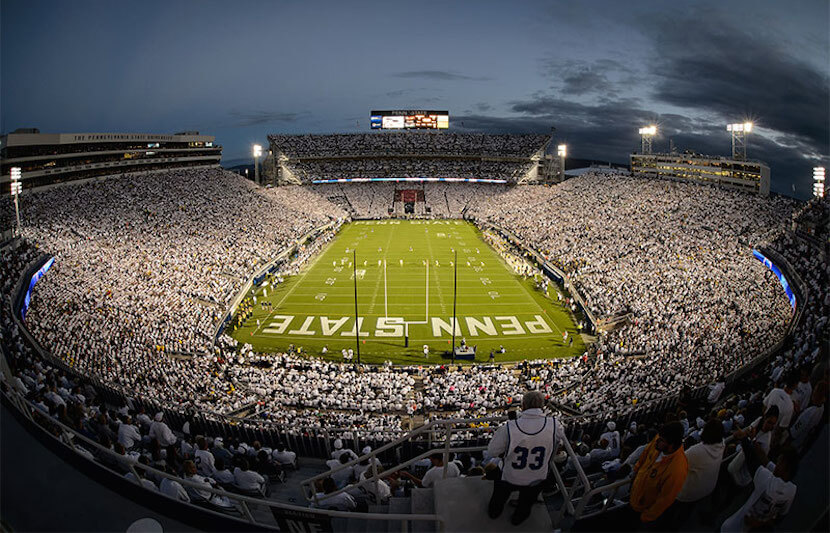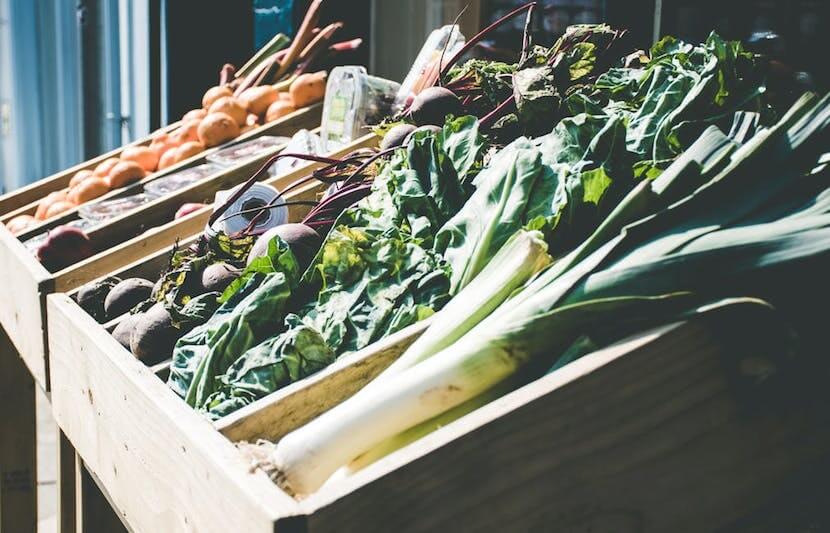-
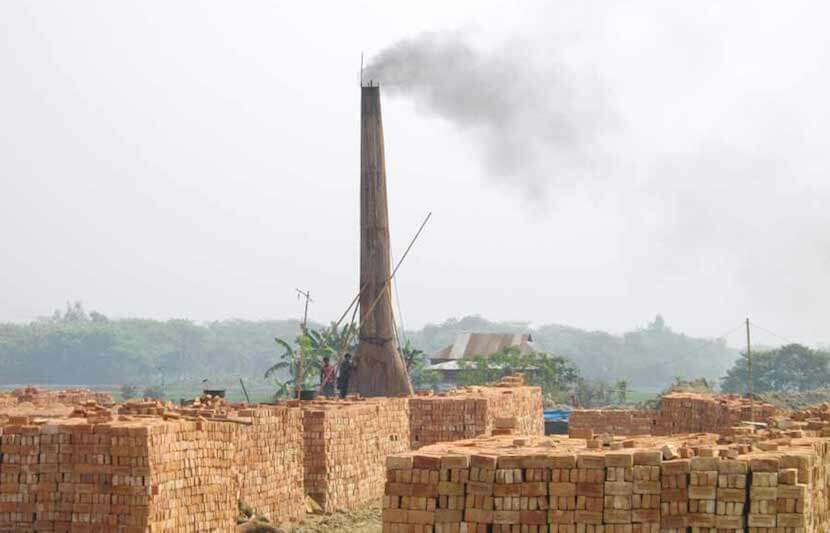
Stanford University Researchers Tackle Pollution From Artisanal Brick Kilns to Save the Environment and Improve Health
Artisanal brick kilns contribute significantly to pollution in developing nations. Fortunately, a team of researchers from Stanford University has come up with a novel way to reduce pollution from such brick kilns. The team’s approach could have a major impact in mitigating global warming, improving air quality, and reducing negative health effects in adjoining communities.… Read More
-
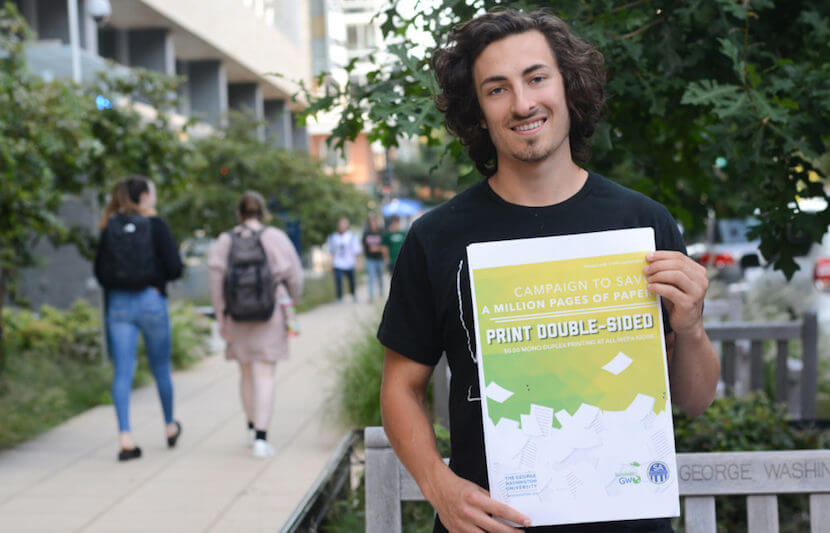
George Washington University Student Creates ‘Save A Million’ Campaign
The Student Association (SA) at The George Washington University (GW) has launched a campaign to save 1 million pieces of paper by next summer at the behest of Logan Malik, a senior and SA’s director of sustainability policy. The campaign kicked off on September 10, and will run through June 2018. The “Save a Million”… Read More
-

Northeastern University Researchers Remove Salt From Seawater Using Nanotubes
Current desalination processes are expensive, energy-intensive, and involve large-scale facilities. Now, however, researchers from Northeastern University have discovered a method that could make the process of removing salt from seawater easier, faster and cheaper. The new method will help alleviate concerns about viable water resource as the global population continues to grow. Meni Wanunu, associate… Read More
-
Universities Lead Battle to Reverse Climate Change
Two years ago, at the 70th Session of the United Nations General Assembly, 193 member states adopted the Sustainable Development Goals—17 distinct goals designed to eradicate poverty, address climate change, and build peaceful, inclusive societies for all by 2030. With the U.S. pulling out of the Paris Agreement and the recent record-breaking hurricane damage this… Read More
-
Northeastern University Researchers Use Laser to Remove Contaminant From Soil
A team of researchers at Northeastern University has developed a method to remove a carcinogenic contaminant from soil with the use of lasers, without the costly need of removing the contaminated soil. The research team studied their technique by removing Dichlorodiphenyldichloroethylene (DDE) from soil. DDE is a breakdown byproduct of a popular pesticide Dichlorodiphenyltrichloroethane (DDT)… Read More
-
Going Green All the Way at Missouri State University
In 2016, Missouri State University (MSU) introduced a handful of convenient and environmentally-friendly vertical food growing systems called ZipGrow Towers to its dining services. Since then, the university has expanded the program and created a “grow room” to house the 48 systems currently in place. This revolutionary growing and harvesting practice enables MSU’s dining services… Read More
-
University of British Columbia Researchers Develop Revolutionary Water Quality Sensor
A team of researchers at the University of British Columbia (UBC) in Canada has developed a miniscule device that can monitor water quality instantaneously. The device is wireless, so it can be installed at any point in a water distribution system and transmit information about the water quality back to a central server. It can… Read More
-
University of Michigan Campus Farm Now Grows Food Year-Round
Students at the University of Michigan are reaping the benefits of their student-run campus farm. Michigan students have long been interested in growing vegetables on their campus. A student organization known as Cultivating Community, which was formed in 2004, broke ground on a garden at their campus’ Ginsberg Center for Community Service and Learning in… Read More
-
Simon Fraser University Student Decodes Honeybee Health From Bee Buzz
Ever wonder what honeybees are saying to each other as they buzz busily around their hive? You won’t have to wonder for long. Oldooz Pooynfar, a graduate student at Simon Fraser University (SFU) in British Columbia, Canada, has devised a new technology that aims to find out exactly what the honeybees are communicating to each… Read More
-
Dartmouth College Student Introduces Campus Green2Go Food Takeout Program to Help Sustainability
Takeout meals are becoming increasingly popular and more common in college campuses where students rush from one class to the next with just minutes to eat in between. Even when their long days are over, many students find themselves eating in their dorms or on their campus quads. At Dartmouth College, Madison Sabol, a rising… Read More
-
CarCMU Researchers Develop Method to Remove 99% of Harmful Chemical Contaminant BPA From Water
A team of researchers from Carnegie Mellon University (CMU) has successfully developed a solution to remove one of the most prominent industrial chemical contaminants, bisphenol A (BPA), from our water. In their study, the researchers were able to remove 99 percent of BPA from water using a mixture of hydrogen peroxide and engineered catalysts. The… Read More
-
University of Virginia Public Benefit Company Makes Splash with Water Purification Technology
There has never been better a better time for advances in the area of water purification. As the crisis involving safe and drinkable water throughout many third world countries continues to prove problematic, many countries across the developed world are working to create innovative and new ways of solving this problem in as sustainable a… Read More
-
Rhode Island College Uses Solar and Wind Power for Outdoor Lighting and Springboard for New Course
Recent steps taken by Rhode Island College (RIC) confirm its commitment to sustainability. In addition to converting all its dormitories to LED lighting, which will save 517,308 kilowatt hours, RIC has installed several street lamps topped with solar panels and a wind turbine. During the day, the lamps convert sunlight and wind into electricity, which… Read More
-
Penn State University Researcher Helps Beaver Stadium and Other Sports Venues Reduce Waste
Penn State University’s Beaver Stadium, home to the Nittany Lions football team, is the second largest university stadium in the U.S. It hosts seven home games each year with attendance for each game reaching anywhere from 110,000 to 150,000. Imagine the waste generated in the stadium and the surrounding parking lots, which together occupy 110… Read More
-
TechAccel Partners with Research Universities to Meet Increasing Global Demand for Food
The global demand for food is rapidly rising and becoming increasingly difficult to sustain. By 2050, the world population is expected to reach 9.7 billion and food demand is supposed to increase anywhere between 58% and 98%. There is substantial confusion and uncertainty surrounding the world’s ability to meet these growing demands. A number of… Read More
